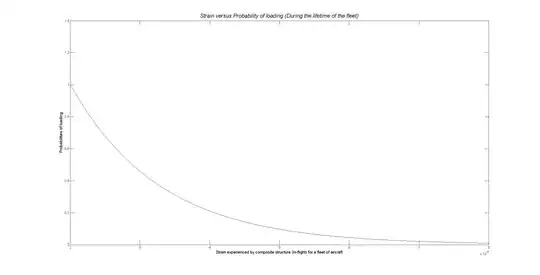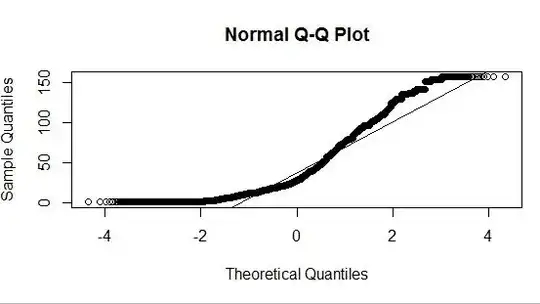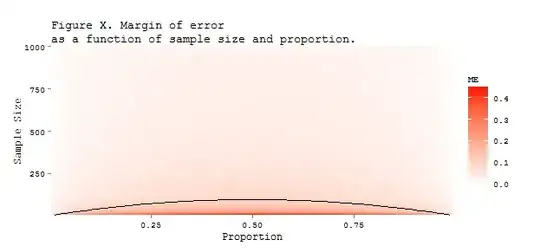I have total tickets sold data from a single movie theater at a daily level. Its 2 years daily data for every single show date. I did Anderson-Darling test using ad.test() in nortest package in R and it results came significant which means this is not normal distribution as per this tutorial. Is it binomial by any chance? Or what is it?
This is a simple plot of data using qplot function from ggplot package in R

Can anyone suggest what distribution this variable has? To a naked eye, second and third plot looks like a right skewed/right tailed distribution. I want to use this for regression and want to be sure of the distribution so that i can proceed further.
Edit: I found an R package fitdistrplus and used fitdist() to test different distributions. Below is how qqplot looks like in each distribution and below are aic values
library(fitdistrplus)
#gamma distribution
fit.fg <- fitdist(data$Tot_ticket_sold, "gamma")
#log normal
fit.fln <- fitdist(data$Tot_ticket_sold, "lnorm")
#weibull
fit.fw <- fitdist(data$Tot_ticket_sold, "weibull")
#normal
fit.fn <- fitdist(data$Tot_ticket_sold, "norm")
check qqplot and emperical and theoritical density to see what fits best
plot(fit.fg)
plot(fit.fln)
plot(fit.fw)
plot(fit.fn)
find lowest aic
> fit.fg$aic
[1] 656590.6
> fit.fln$aic
[1] 664127.3
> fit.fw$aic
[1] 656753.2
> fit.fn$aic
[1] 691545.8
It looks like a gamma distribution.


